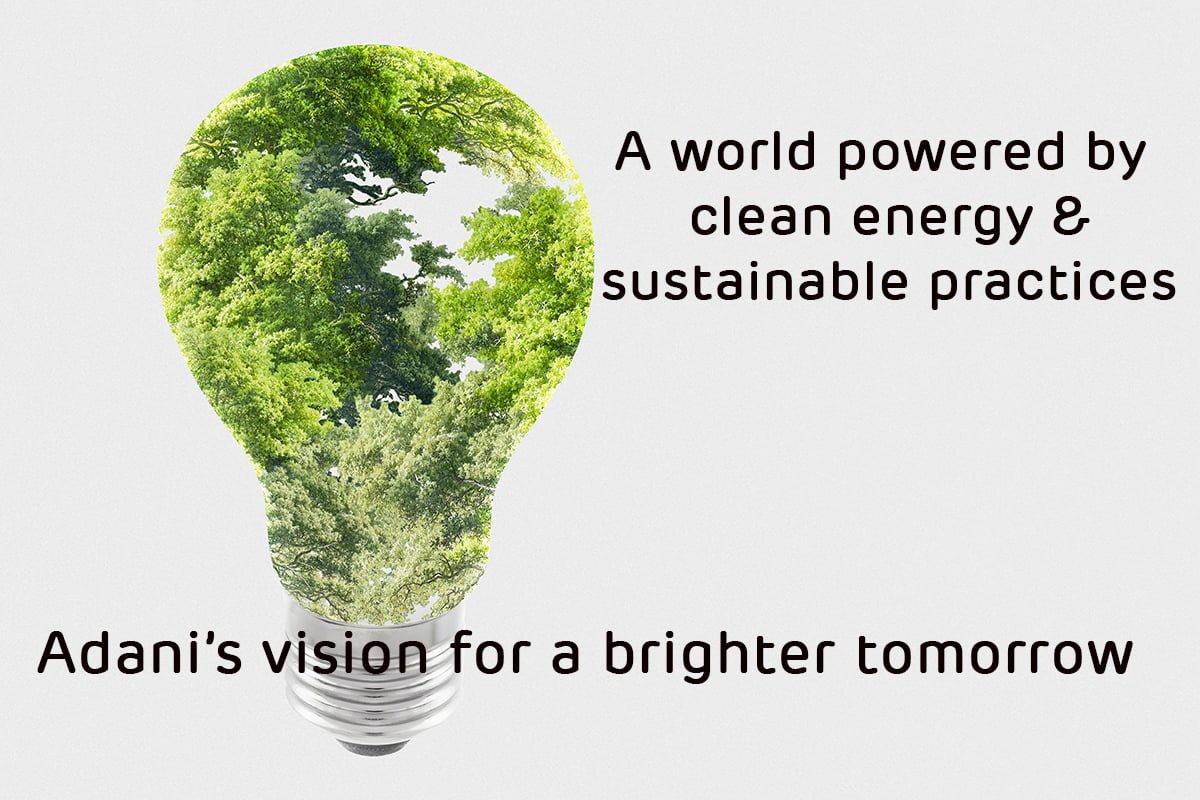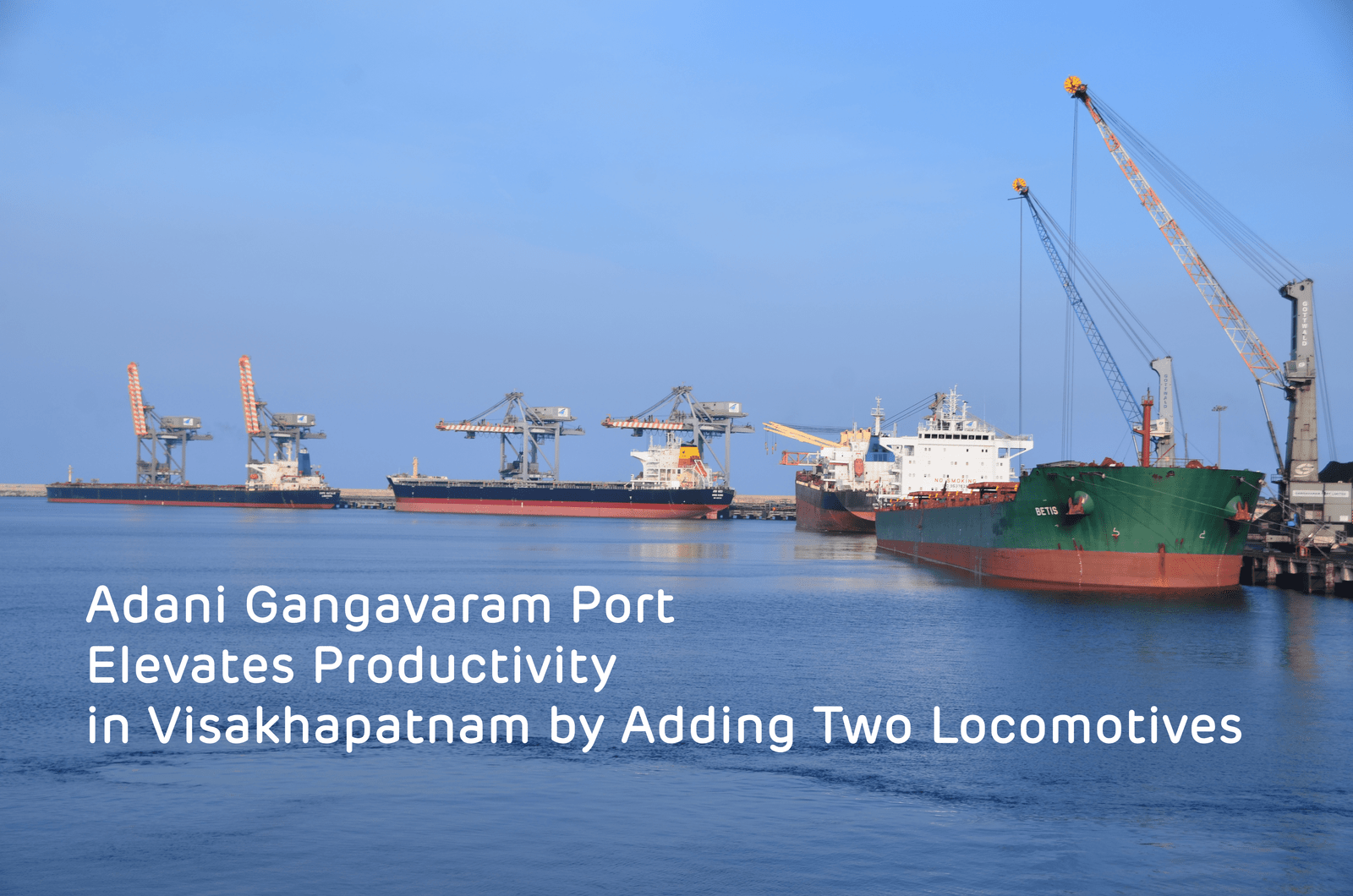With a rise in demand for buildings and rapid urbanisation, production and consumption of cement is on the rise. Billions of tonnes of cement are produced annually worldwide, leading to copious carbon dioxide emissions and a significant rise in air pollution. We need an environment-friendly approach to minimise the carbon emissions caused by cement manufacturing.
India is the second-largest market for cement in the world, and it is predicted that the demand will more than double between 2020 and 2030, according to the World Economic Forum. So, it is imperative that we address the climate change concerns.
In the last few years, the industry has seen positive changes, with more and more focus on sustainable practices to make cement manufacturing eco-friendly. According to World Cement’s report, the Indian cement sector’s contribution to carbon emissions is less than the global average. “The industry has shown phenomenal performance in terms of improving air quality. Dust emissions are reduced and cement plants conform to the environmental parameters set by statutory bodies. Government policies have energised and motivated the industry to take innovative actions to protect the environment and improve the lives of people working in the plant and living nearby,” states the report.
As per the Nationally Determined Contributions (NDCs), India is committed to reducing the emission intensity of its GDP to 45% by 2030 from the 2005 level. NDCs are the commitments that the Paris Agreement requires each country to make to reduce greenhouse gas emissions. The cement industry is aligned with India’s NDC targets and already has a low-carbon technology roadmap in place that aims to reduce direct carbon emission intensity by 45% by 2050, as per the Indian Cement Review.
Ambuja Cement and ACC Ltd, which are part of Adani Cement, are pioneers when it comes to management of natural resources, energy and waste, carbon emissions reduction, and conservation of water resources and biodiversity. Ambuja has been certified eight times water positive, which means it gives back eight times the water it consumes. The company takes pride in saying that “from using clean technology to energy conservation and reliance on green energy solutions, from institutionalised mechanisms to strict adherence to sustainable supply chain solutions ― sustained, multi-pronged efforts have helped ingrain a sustainability agenda in the company’s DNA.”
Ambuja Cement has devised innovative ways to better manage valuable resources and use them judiciously to promote sustainable development. The company’s multi-pronged strategies include the use of low-grade limestone, synthetic gypsum waste from other industries, agricultural biomass, and different industrial wastes as alternative fuel, according to a company release.
Ambuja and ACC have created social value for more than 4.6 million people by contributing to fields like healthcare, education, employment, and sustainable livelihood. They have pledged to plant 8.3 million trees by 2030, in line with the Adani Group’s ambitious plan to plant 100 million trees. Together, Ambuja and ACC used more than 21 million tonnes of resources derived from waste in FY 24, thus contributing to a circular economy. The companies reduce their carbon footprint when they recycle waste.
Geoclean, the waste management arm of the cement business, enables a green economy by safely managing solid and liquid waste and by diverting them from landfills, leading to resource conservation. It provides sustainable waste management solutions to municipal, agricultural, and industrial sectors. Leveraging state-of-the-art technology, Geoclean expertly co-processes waste from these sectors, leaving no residue behind and contributing to a regenerative circular economy.
It is time to rethink the kind of structures we build, the materials we use for building them and the impact they are going to have on our surroundings. The green steps we take today will shape a sustainable for us tomorrow.










